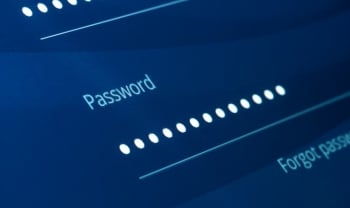(Re)Imagine Workplace Access Management

As organizations seek out solutions to secure their hybrid and remote workplace, some daily tasks like signing into 10, 20, or 30 applications can really interfere with employee productivity.
The fatigue of remembering so many passwords for so many applications nearly always leads to undesirable password behaviors such as password re-use and choosing weak passwords, plus the annoyance of forgotten passwords and the burden of resets. At WatchGuard, we want to put an end to both employee aggravation and credential-based attacks such as phishing.
According to the Identity Defined Security Alliance (IDSA), 55% of organizations report that the adoption of more Cloud applications is increasing the number of logins. Thus, the need for a seamless, single sign-on (SSO) to applications is overdue.
What is single sign-on and how does it work?
Single sign-on is an authentication method that enables workforce users to sign in to multiple independent applications and target systems using one set of credentials.
Using SSO eliminates the need for a user to sign in and out with a unique set of credentials for every application or target system they are provisioned to use.
SSO is built upon a concept called federation. To learn more about the technical details, download our feature brief – The Key to Unlocking Security and Productive Hybrid Work.
Creating an experience users will love
One of the easiest and most seamless ways to create an experience that is both secure and loved by users is to catalog workplace applications in the AuthPoint Application Portal. The customizable portal, a standard feature of WatchGuard’s MFA solution AuthPoint, combines multi-factor authentication to verify employees accessing applications, and from there, SSO takes care of the rest. A few of the benefits:
-
Time Savings and Productivity Gains:
Employees save a great deal of time as they do not need to sign in to a host of applications in order to work.
-
Increased Adoption of Applications:
Rapidly deploying or replacing applications as needed while users manage access through the AuthPoint Application Portal helps to prevent shadow IT.
If you would like to find out more about how to protect your employees' digital identities, be sure to check out the following posts on our blog:


